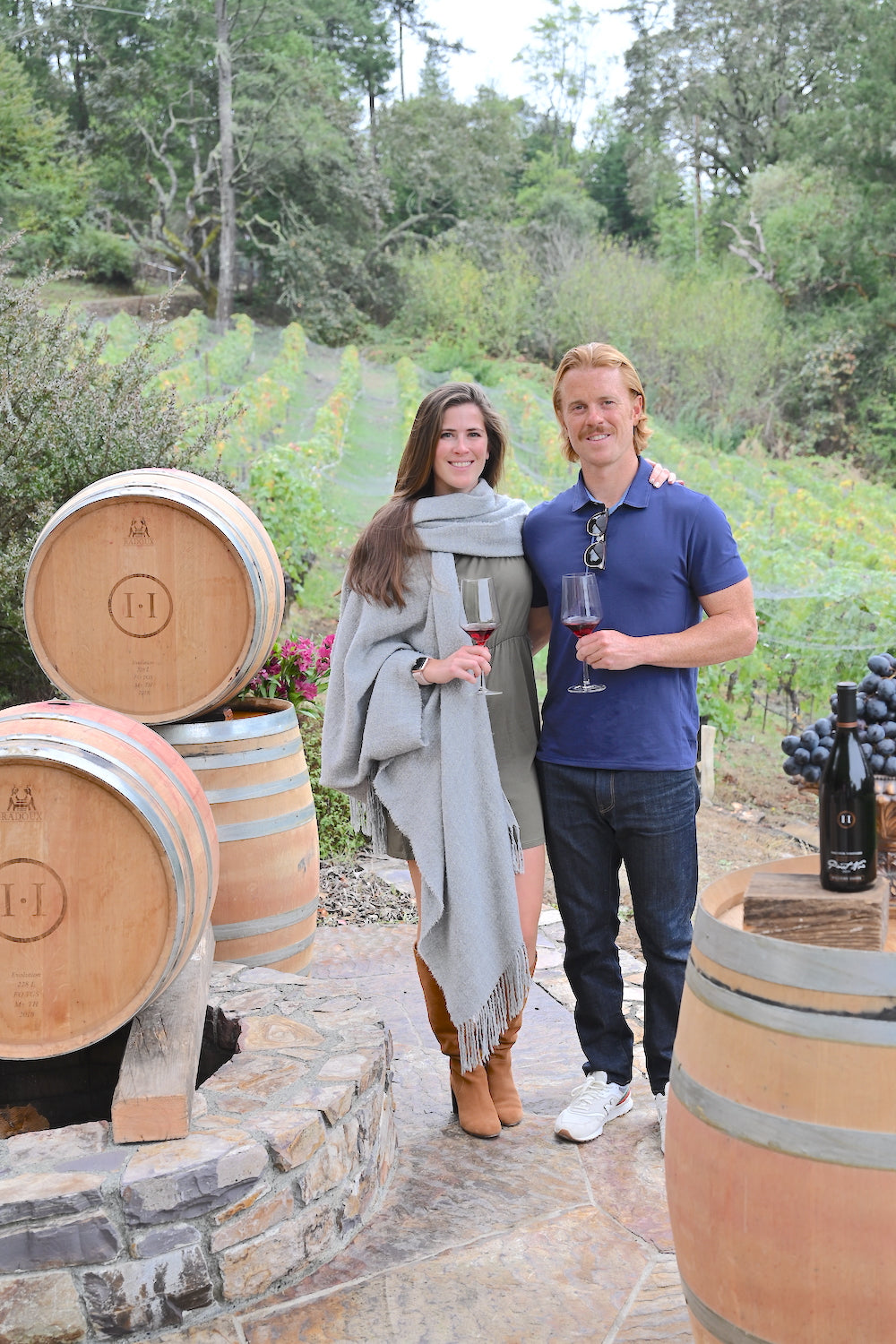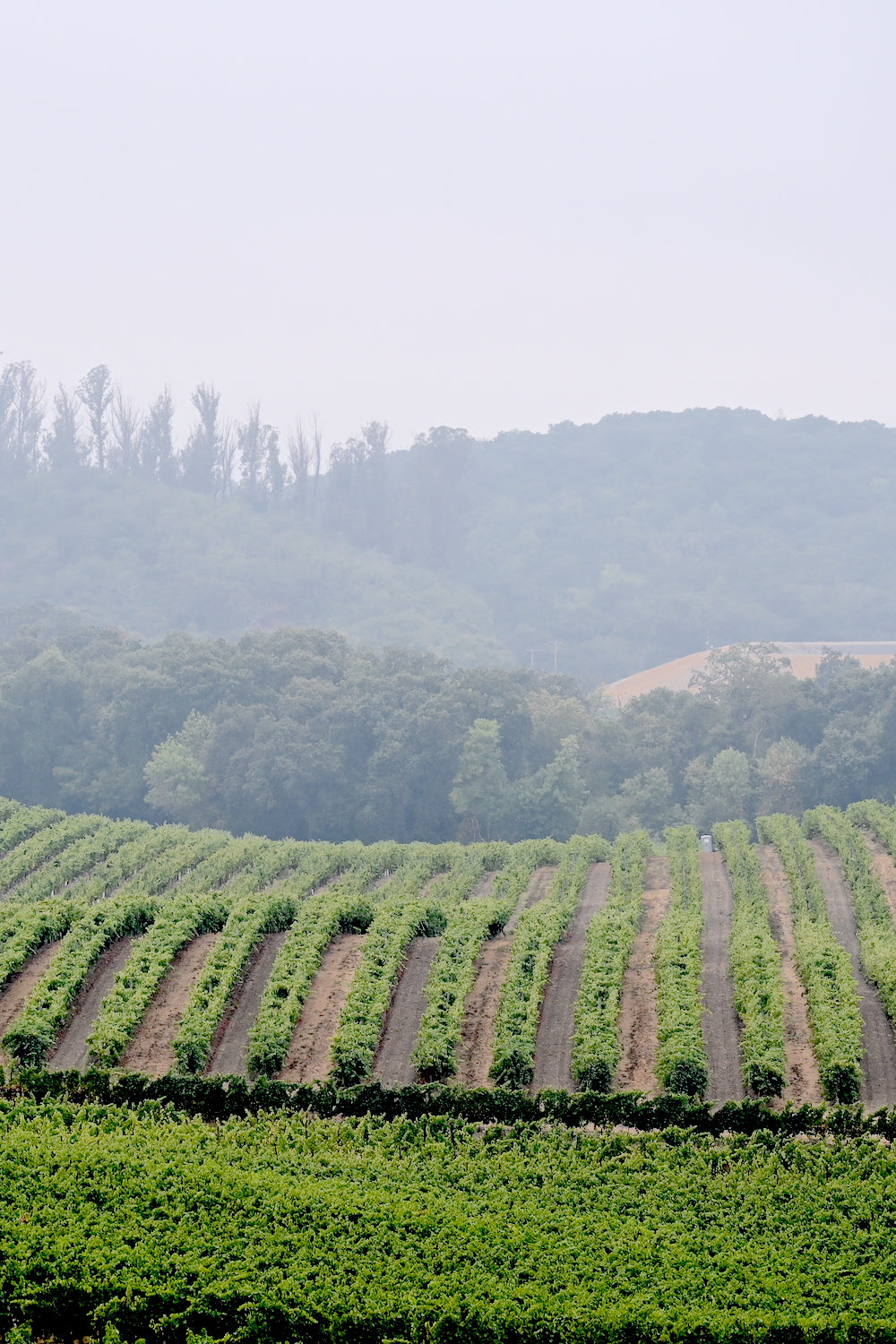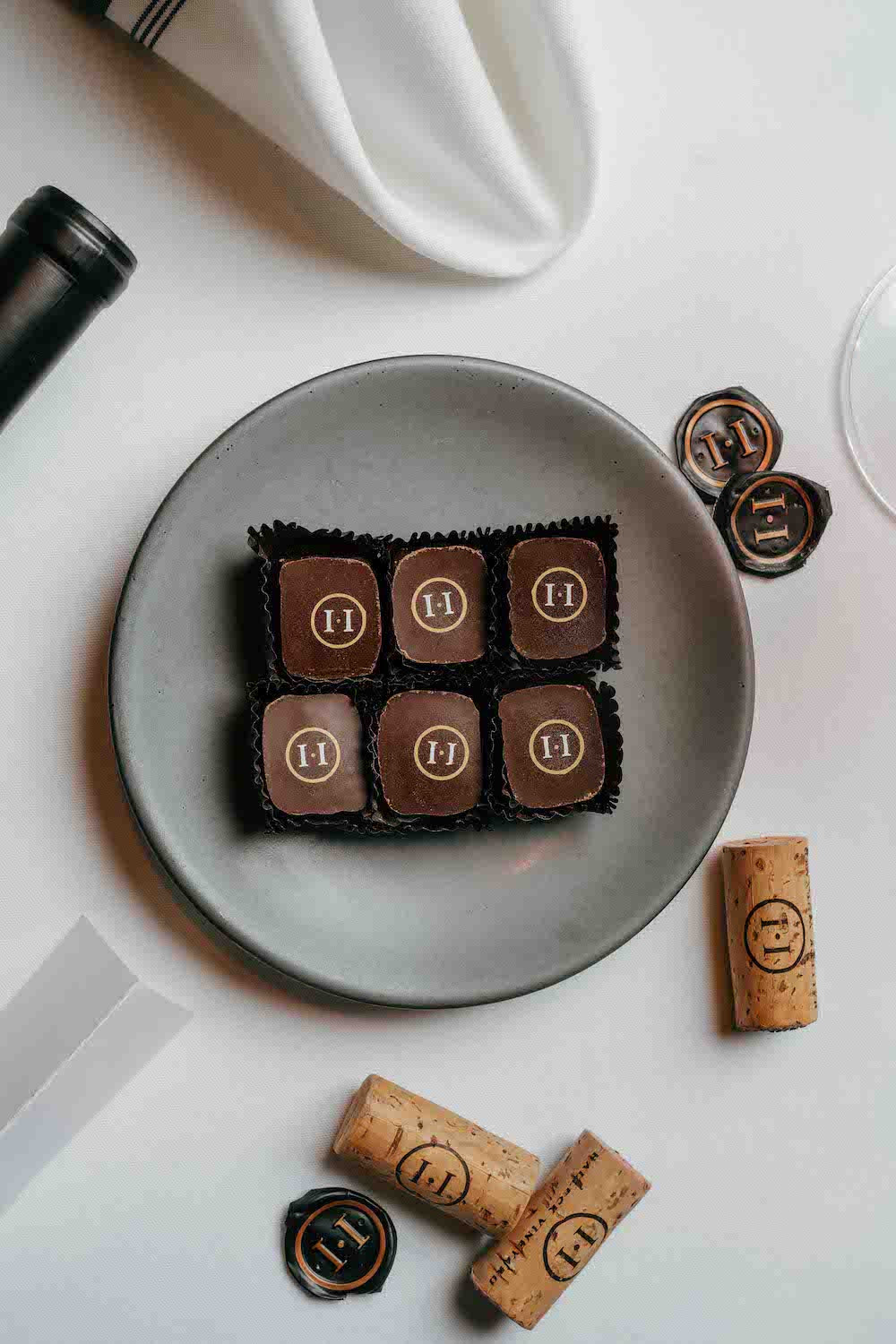Unique Wine Blending Experiences In Sonoma - Sonoma's Finest Wineries
Wine tasting is an art that combines sensory experience with an appreciation for the nuances of various varietals. How to gauge flavors in winery wine tasting sessions is pivotal to grasping the complexities of wine.
Participating in a wine tasting entails more than simply sipping and savoring. It requires a targeted approach to establish aromas and flavors that each wine presents. As you begin, observe the wine's appearance, noting its color and clarity. These visible cues often recommend a wine’s age, grape variety, and even potential flavor profiles.
The subsequent step in the tasting course of is to swirl the wine in your glass. This action releases aromatic compounds which would possibly be very important for analysis. Lean in and take a moment to inhale deeply; the aromas can range from floral and fruity to spicy and earthy. The nostril of the wine is simply as essential because the palate, and recognizing scents performs a big function in understanding the overall experience.
When taking your first sip, allow the wine to maneuver across your palate - Unique Wine Blending Experiences In Sonoma. Discover the initial flavors that present themselves. Is the wine fruity, floral, or maybe herbaceous? This initial style gives insight into what the wine is prone to categorical as you proceed to judge it. The mouthfeel also contributes to the general flavor experience; it may be silky, tannic, or even effervescent.
Wineries Offering Educational Wine Seminars - Wine Tasting And Vineyard Tours In Sonoma
As you proceed tasting, take note of the wine’s stability. A well-balanced wine will harmonize acidity, sweetness, and tannins. If one element overwhelms the others, it'd point out a less fascinating quality. Evaluating balance can help you identify how nicely the wine may pair with food.
Transitioning to the end, consider how the flavors evolve because the wine lingers on your palate. A lengthy, nice end can indicate a high-quality wine, whereas a brief or abrupt finish may counsel in any other case. Reflect on whether the flavors remain consistent or if new notes emerge as the wine settles. This development can reveal complexities and intricacies that may not have been apparent in the initial tasting.
Temperature can also be a crucial think about evaluating wine flavors. Different types of wine are optimally loved at particular temperatures. White wines usually shine when chilled, while pink wines typically perform finest at room temperature. When tasting, make positive the wine is at the applicable temperature to totally recognize its character.
Wineries That Offer Food Trucks On Weekends - Sebastopol Wineries
Pairing food with wine can tremendously enhance the tasting experience. Meals can affect the perception of flavors in wine, either highlighting sure characteristics or diminishing them. When evaluating flavors, consider how the wine interacts with completely different meals, noticing which flavors are amplified or muted (Wineries Featuring Seasonal Wine Events In Sonoma).
Think About the affect of terroir as you have interaction in a winery tasting. Terroir encompasses the distinctive environmental elements that have an result on grape rising, together with soil composition, climate, and geography. Understanding a wine's terroir can provide perception into its flavors and aromas, fostering a deeper appreciation for the choices made throughout its cultivation and manufacturing.
Education plays a elementary role in enhancing one's capability to evaluate wine flavors. Learning about grape varieties, wine regions, and manufacturing methods can pave the best way for extra knowledgeable judgments during tastings. Moreover, attending workshops or classes can refine sensory skills and broaden your flavor vocabulary, enabling you to articulate tasting notes extra successfully.

Lastly, it's essential to do not overlook that evaluating wine flavors is a extremely personal experience. Individual preferences and perceptions will invariably form one’s tasting journey. Enjoyment must be at the forefront, with the evaluation course of performing as a device to enhance understanding and appreciation quite than create inflexible tips.
Exclusive Wine Clubs In Sonoma - Best Wine Tasting Spots In Sonoma County
In conclusion, mastering the method to consider flavors in winery wine tasting periods includes a mix of sensory engagement, information, and practice. By studying to establish aromas, assess the stability, and appreciate the intricacies of flavor, wine enthusiasts can deepen their connection to each bottle they encounter. As with any art kind, the more one immerses themselves in the experience, the more they may uncover and benefit from the huge world of wine.
- Start by observing the wine's shade and clarity, as these visible components can trace at its flavor profile and aging potential.
- Swirl the wine gently in your glass; this releases fragrant compounds, allowing you to better determine the complicated scents related to the wine.
- Take a deep inhale before tasting, specializing in both main and secondary aromas to gather insights on fruits, spices, and different nuances.
- When tasting, allow the wine to coat your palate; note the initial flavors, the mid-palate complexity, and the finish as these phases can present different flavor highlights.
- Pay consideration to texture and mouthfeel, as elements corresponding to tannin levels, acidity, and sweetness contribute considerably to the general tasting experience.
- Compare flavors in opposition to normal wine characteristics; for red wines, think about berry notes, oak influence, and herbal tones, whereas whites may embody citrus, stone fruits, and floral hints.
- Take notes during the tasting session to trace your impressions, helping you to remember and consider the different wines sampled.
- Focus On your findings with fellow tasters or winery staff, as sharing insights can enhance understanding and appreciation of particular person flavors.
- Enable time for the wine to breathe; sometimes, flavors evolve and reveal new dimensions after being uncovered to air.
- Experiment with food pairings in the course of the tasting as they will dramatically alter how flavors are perceived, influencing total enjoyment.undefinedWhat ought to I search for when evaluating the aroma of wine throughout a tasting?
Start by swirling the wine in your glass to launch its aromas. Deliver the glass to your nose and take a deep breath. Pay attention to the primary scents you detect, as these are often essentially the most distinguished. Look for fruit, floral, herbal, or earthy notes and attempt to establish specific traits, which can deepen your understanding of the wine's complexity.
Unique Wine And Food Pairings In Sonoma - Sonoma's Premier Wine Tasting Events

How can I distinguish between totally different flavor profiles in wine?
Understand that flavor profiles are sometimes categorized as fruit, here floral, herbaceous, spicy, or mineral. Take small sips and allow the wine to coat your palate. Notice the primary flavors that emerge first and the subtle notes that follow. This layering is important in distinguishing the wine's traits and will allow you to recognize its unique profile.
Wineries Offering Virtual Wine Tastings - Scenic Wineries Of Sebastopol
What is the significance of the wine's texture in a tasting?

The texture of the wine, also called mouthfeel, performs an important role in how we understand flavors. Pay consideration as to whether the wine feels easy, creamy, or gritty. The body of the wine (light, medium, or full) can enhance or contrast with flavors, providing a more rounded experience throughout tasting.
How do I assess the steadiness of flavors in wine?
Steadiness in wine refers to the harmony between acidity, sweetness, tannin, and alcohol. Take a second to evaluate whether these parts complement or interfere with one another. A well-balanced wine may have none of its parts overpowering the others, creating a pleasing tasting experience.
Good Wineries For Large Groups In Sonoma Valley - Celebrated Wineries Around Sebastopol
What function does temperature play in evaluating wine flavors?
Temperature can considerably impact the notion of flavors. Generally, pink wines are greatest served slightly below room temperature, whereas white wines get pleasure from being chilled. As the temperature adjustments, the aromas and flavors can shift, permitting you to perceive completely different traits. It’s important to taste wine at its optimal temperature for true evaluation.
Family Friendly Wineries With Outdoor Spaces - Sonoma Wine Culture
How can I enhance my tasting skills over time?
Practice is essential to bettering your tasting skills. Charming Wineries Offering Best winery in Sonoma for quality wine. Wine And Food Pairings. Attend tastings, hold a journal of your experiences, and discover different sorts of wines to broaden your palate. Moreover, studying about wine production and grape varieties can provide context that enhances your evaluation course of, making you a extra knowledgeable taster.
Is there a particular order during which I ought to taste the wines?
Historical Wineries To Visit In Sonoma - Vineyard Visits And Wine Tasting In Sonoma
Sure, it’s advisable to style wines from light to full-bodied and dry to sweet. This progression prevents the stronger flavors from overshadowing the more delicate ones, allowing you to fully respect each wine's characteristics and nuances without palate fatigue.
How can I consider the aftertaste of wine?
Wineries Located Near Russian River Valley - Celebrated Wineries Around Sebastopol
The aftertaste, or finish, is a vital facet of the wine-tasting experience. After swallowing, pay consideration to how lengthy the flavors linger in your palate and whether they change. A long, nice end is often an indicator of a high-quality wine, while a short or disagreeable finish could counsel in any other case.
Why is it necessary to note the wine’s acidity during tasting?
Acidity contributes to the overall freshness and structure of the wine. Pay attention to the tingling sensation in your tongue; greater acidity can improve the wine's liveliness and steadiness out sweetness. Noting acidity helps determine the wine's versatility with food and its growing older potential.
What ought to I do if I battle to identify specific flavors in wine?
Wine Tasting Events In Sonoma County - Sonoma Wine Retreats
Struggling to establish flavors is frequent, particularly for novices. Focus on broader classes and describe what you presumably can recognize, similar to sweet or earthy notes. With practice, reading about completely different flavor profiles, and perhaps utilizing flavor wheels, you will refine your senses and develop a extra nuanced strategy to tasting.